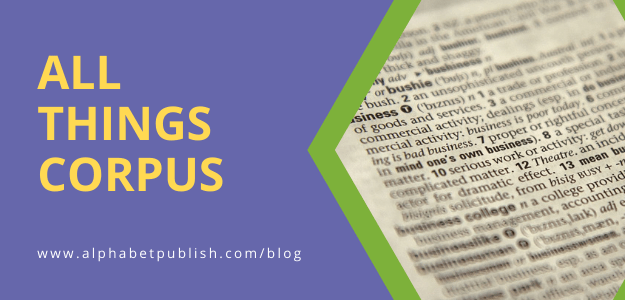This year at TESOL, I didn’t get to go to a lot of sessions because I was busy exhibiting. However, I did run across this summary of some corpus tools I discovered at TESOL 2015 […]
Alphabet Publishing
Teacher-Created, Classroom-Tested ELT Resources
Teacher-Created, Classroom-Tested ELT Resources

This year at TESOL, I didn’t get to go to a lot of sessions because I was busy exhibiting. However, I did run across this summary of some corpus tools I discovered at TESOL 2015 […]